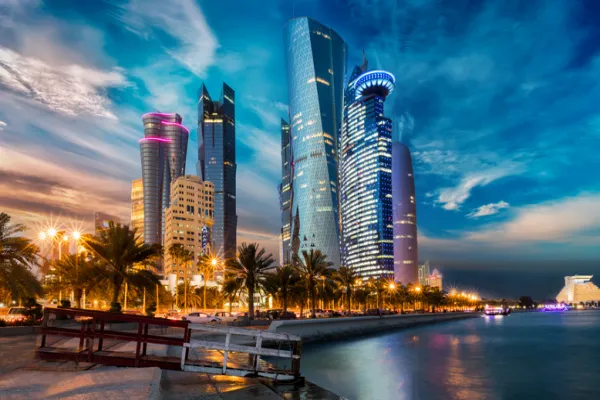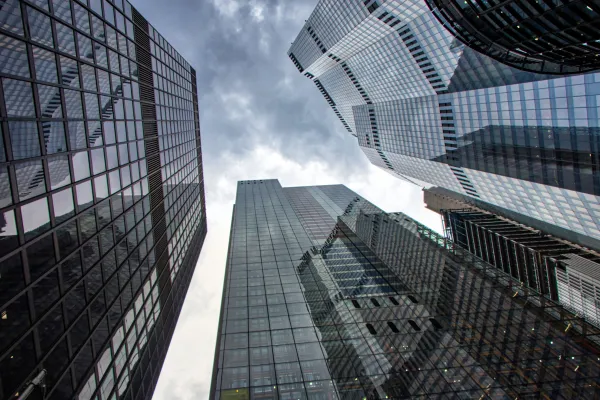A “window of opportunity” in the M&A markets led to a surge in private equity deal activity in the third quarter in both the number of deals and their dollar value, according to Pete Witte, EY global private equity lead analyst.
Private equity deal value hit a record $310 billion during the quarter, largely driven by a few huge deals, including a $57 billion buyout for Electronic Arts, the largest leveraged buyout ever. But the number of deals worth $100 million or more has also jumped to a level not seen since the second quarter of 2022, when the market began to collapse. And that could be a sign of a wider resurgence.
The question remains whether the boom is a one-off or the beginning of a comeback for the much-beleaguered asset class. Witte said that lower interest rates, a buoyant stock market, moderated inflation, and a narrowing of the valuation gap between buyers and sellers are responsible for the shift.
“For much of the past two and a half years, valuation mismatches have represented the greatest obstacle to deal making,” Witte said. “As recently as last December, investors cited the valuation gap as the single largest impediment to transactions. Today that barrier has meaningfully receded.”
Two thirds of general partners that EY surveyed recently said that the gap has narrowed, “enabling buyers and sellers to find common ground and move forward with confidence,” he said.
Some 61 percent of participants said the gap has narrowed “moderately,” which Witte told Institutional Investor translates to sellers willing to offer a 5 percent to 10 percent discount on assets “to clear some of this stuff.”
He added that “the market is just getting more active, and it's unlocking more opportunities to exit some of these companies at reasonable valuations relative to where they expected.”
At the beginning of the year, general partners said that resolving the valuation gap would be the “number one thing that unlocks the deal market. And now here we are nine months later and they say, 'all right, well, it's made some progress.'”
He added that GPs are well aware that they've been holding some companies for six or seven years and they need to invest in assets that will be "more productive.”
A more promising macro environment has also made sponsors and lenders “increasingly comfortable underwriting larger, more complex transactions,” Witte said.
Five deals valued at more than $10 billion each have pushed the numbers higher. Earlier this year, he noted that the environment was “almost too uncertain to make the kind of commitments that you need for large deals.”
The uncertainty hasn’t gone away entirely. “Now whether that represents sort of a longer-term upswing in terms of the market's back and M&A’s on, or whether this is sort of a window of opportunity for folks to get deals done, I think we'll see over the next few months and into the early part of next year,” he said.
The availability of financing has been a crucial factor. Private equity firms are using structures, including earn-outs and tariff-related material adverse change clauses, to clear the way for the deals, despite the uncertainty, according to Witte.
Financing is being provided both by direct lenders and the syndicated loan market, which he said “has reopened for larger buyouts.” In the U.S., syndicated loan activity surged to $404 billion in the third quarter, the highest on record, according to PitchBook.
Exit activity also accelerated in the third quarter. Private equity firms have announced exits totaling $470 billion so far this year — a 40 percent increase in the value of deals compared with the same period last year.
“It’s a welcome development for an industry that has been holding assets longer than anticipated,” Witte said. “With more than 30,000 PE-backed companies globally, pressure from limited partners for liquidity continues to intensify. One year ago, roughly three-quarters of GPs rated LP pressure between five and seven on a 10-point scale. Today, the majority rate it between 6 and 8, underscoring that expectations around distributions have only grown stronger.”
A bit of life in the PE-backed IPO market could help. “After two years of muted activity, Q3 saw a number of high-profile listings come to market, together raising more than $18 billion. While that’s not comparable to the boom years, he said the IPOs have been of companies with “clear growth narratives and resilient earnings profiles.” Healthcare and financial infrastructure names are the most popular companies.
“The market's definitely been a lot more resilient than a lot of folks had expected several months ago,” Witte said.







